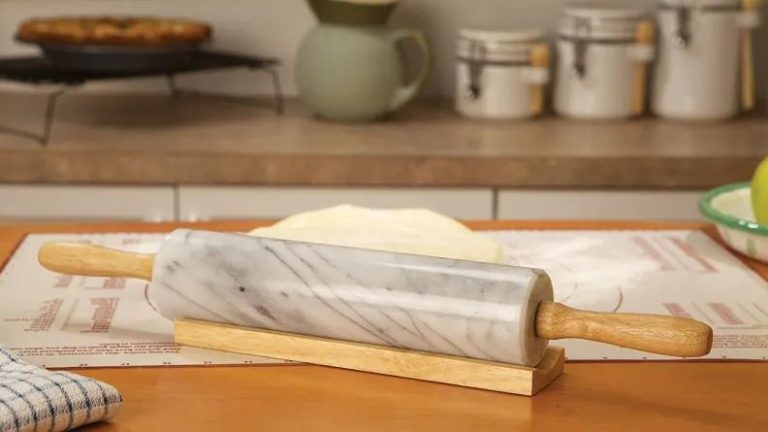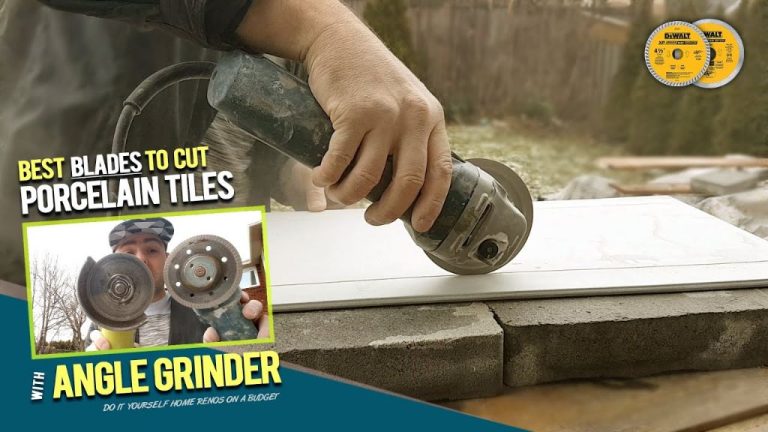Should I Keep Clay Animal Crossing?
Introduction
Animal Crossing is a popular life simulation video game where players live in a village inhabited by anthropomorphic animals. The game allows players to collect and craft various items to decorate their homes and villages. One special category of items available in the game is clay – items made out of clay that can be purchased from special NPC vendors or crafted by the player. These clay items include small figurines of the game’s animal characters as well as clay furniture items and clay gyroids that play music. This article will explore the pros and cons of collecting and displaying these clay items in Animal Crossing.
Aesthetic Appeal
Clay items have a unique, handcrafted aesthetic that allows for creative expression and fits many different themes in Animal Crossing. The texture and color of clay provides a rustic, earthy look that can complement natural or cozy island designs. Clay items like the brick oven, unglazed dishes, clay furnace, and clay flower pots have an artisanal style fitting for a farmer’s market or countryside cottage.
Clay items can also be customized with different patterns and colors using Customization Kits, allowing you to match any aesthetic. For example, you can customize the clay furnace or flower pots with patterns like colorful mosaics for a bohemian look, solid colors like white for a clean modern design, or natural wood textures for an earthy vibe. The ability to customize clay items makes them versatile decor for any theme.
Overall, the handmade appearance and customization potential of clay items allow for lots of creative expression. Their rustic yet flexible aesthetic fits well with many different island themes and styles.
Display Options
There are many creative ways to display clay items in Animal Crossing:
In Your House
Clay items can be placed on tables, shelves, floors, walls, and nearly anywhere in your home. Smaller items look great on tabletops, while larger items can be prominently displayed on their own. For a cohesive look, try grouping similar clay items together in one room.
Outside
Outdoor areas like your yard, beach, or outdoor cafe are perfect places to show off clay creations. Position them on top of log stumps, tree stumps, or stacks of books for unique display options. If you want them permanently outside, make sure to select the “Display Here” option when placing the item.
Give as Gifts
Gifting clay items to your island residents allows them to display your creations in their own homes. This adds variety when you visit their houses.
Customization
One of the best aspects of clay Animal Crossing is the ability to customize them however you’d like. Unlike plastic or plush figures, clay can be painted, glazed, and decorated in many creative ways. You can give your clay villagers a whole new look by painting them with acrylics, or give them different textures and finishes with polymer clay glazes. Air dry clays like Crayola Model Magic are also paintable once fully cured.
With paints and glazes, you can change the colors of the clay model to match your own villager’s palette or give them an entirely unique new color scheme. You can even mix colors to create ombré or tie-dyed effects. Glazes allow you to make the clay glossy or matte, metallic or speckled, and much more. There are many specialty glazes to explore beyond basic colors. The options for customizing clay animals are virtually endless compared to a pre-made plastic figure.
Clay is also easy to modify—you can smooth out or add on clay before baking or curing to change poses, add little accessories, or give your villager a unique reshaping. With a bit of practice and creativity, you can put your own personal touch on a clay Animal Crossing model.
Durability
Clay Animal Crossing figures can be quite durable if cared for properly. The clay material itself is prone to cracking or chipping if dropped or mishandled. However, clay is generally more durable than materials like paper or plastic for collectible figures.
Compared to paper amiibo cards, clay figures are less likely to bend, tear, or get dirty with regular handling and display. The clay material is more sturdy and resilient. Cards can easily get worn, frayed, or scratched with frequent use.
Plastic toys and figures may be more durable against drops or impacts compared to clay. But plastic is still susceptible to scratches, color fading, and wearing down over time. And lower quality plastic tends to become brittle and break more easily. Clay maintains its look and feel longer if handled carefully.
Overall, clay is a nice middle ground for Animal Crossing collectibles. It provides more durability than paper products, while still being relatively affordable compared to high-end plastic toys. With proper care and handling, clay figures can last for many years of display and enjoyment.
Trading and Gifting
One of the biggest benefits of clay Animal Crossing items is their popularity for trading and gifting. Clay items, especially miniatures and figurines, are highly sought after within the Animal Crossing trading community. Players love to trade clay items, both common and rare, to help others complete their in-game collections and catalogues. The handmade, customizable nature of clay items also makes them very thoughtful and unique gifts. Gifting a friend a custom clay item, designed specifically for them, is a very meaningful gesture in Animal Crossing. Some players even make clay items of in-game friends’ own characters and dream islands as gifts. The personalization of clay items has become an integral part of the Animal Crossing gifting culture and experience.
Limitations of Clay Animal Crossing Items
While clay Animal Crossing items have many benefits, there are some drawbacks to consider as well. One of the main limitations is the fragility of clay. Since clay is not as durable as materials like plastic or metal, there is a higher risk of clay items breaking if dropped or handled roughly. Small details and appendages like tails or ears may be prone to chipping or breaking off.
Clay items also take up more storage space than 2D printed paper versions. Especially if you want to collect multiple clay villagers or items, they can start to take up considerable shelf space for display. Some clay items may be hollow or have openings, so they may be more difficult to neatly store away.
Additionally, clay can be heavier than other materials. So mailing or transporting a collection of clay Animal Crossing pieces can become cumbersome.
Lastly, clay is susceptible to heat damage. If displaying clay pieces in sunny areas or spots with heat exposure, it could lead to warping, cracking, or other damage over time. Proper climate controlled storage helps mitigate this, but it’s still a factor to consider.
Recommendations
Clay figurines can last a long time if cared for properly. Here are some tips for keeping your clay Animal Crossing items in good condition:
Store out of direct sunlight and heat. Exposure to UV rays and high temperatures can cause discoloration and drying out of the clay over time. Keep figures somewhere room temperature, dry, and out of direct light.
Avoid handling with greasy hands. Skin oils can stain the clay surface. Wash hands before touching to keep the clay clean.
Keep away from moisture. Clay is porous and can absorb water, leading to damage. Don’t display clay items in humid environments or near sinks and bathtubs.
Clean gently with a soft brush. Use a dry paintbrush to gently whisk away any dust or dirt. Don’t scrub hard or use water/cleaners which can degrade the clay.
Repair chips carefully. Small chips can be mended with a bit of water and excess clay. Take care not to excessively wet the surface.
Consider sealants. A clear acrylic sealer spray can add extra protection against grease stains and scuffs, at the risk of slightly altering the original matte finish.
Handle with care. Clay is sturdy but still fragile. Use both hands when moving, display on secure surfaces, and keep away from edges to prevent falls and breaks.
Alternatives
Here are a few alternatives to consider instead of clay Animal Crossing figures:
Resin Models
Resin models are a popular alternative to clay figures. Resin is a liquid plastic that can be molded and shaped, then hardened to form durable models. Resin Animal Crossing figures will be more rigid and sturdy than clay. They are less prone to damage and breakage. Resin also offers more options for painting and customization. The main downside is resin models are usually pre-made molds rather than fully hand-sculpted like clay.
Plastic Figures
For mass-produced Animal Crossing toys, plastic is the most common material. Plastic allows for intricate molds, posing, and durability. Major toy brands use high-quality plastics that can capture detail nicely. The downside is less customization; plastic figures are already pre-designed and painted. Still, well-made plastic models can serve as lower-cost desk or shelf pieces.
So in summary, while not as customizable as clay, resin and plastic alternatives provide more durability and options for Animal Crossing figures. Depending on your priorities, they may be better choices than clay in some situations.
Conclusion
In conclusion, keeping clay Animal Crossing items has both pros and cons. The aesthetic appeal and ability to customize clay items are big advantages. Clay gifts can also be meaningful for trading within the Animal Crossing community. However, clay items are more fragile and limited in display options compared to other materials.
Overall, keeping some special clay items in your collection can be worthwhile for their uniqueness and personal value. But for most players, focusing on items crafted from metals, wood, or gyroids may be preferable for gifts and decoration long-term. Evaluate your own play style and priorities to decide if you want to keep or sell that rare clay item you just received. Either way, with Animal Crossing’s vast range of furnishing options, you’re sure to find the items that fit your island vision.




